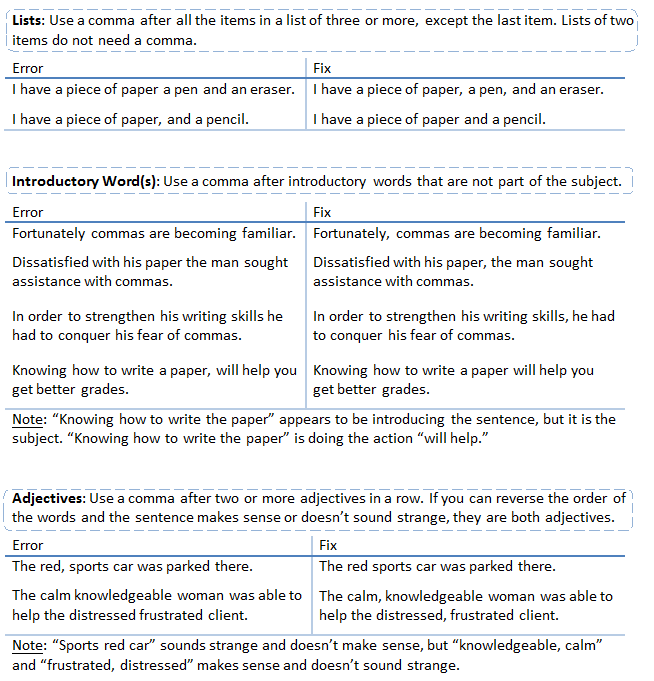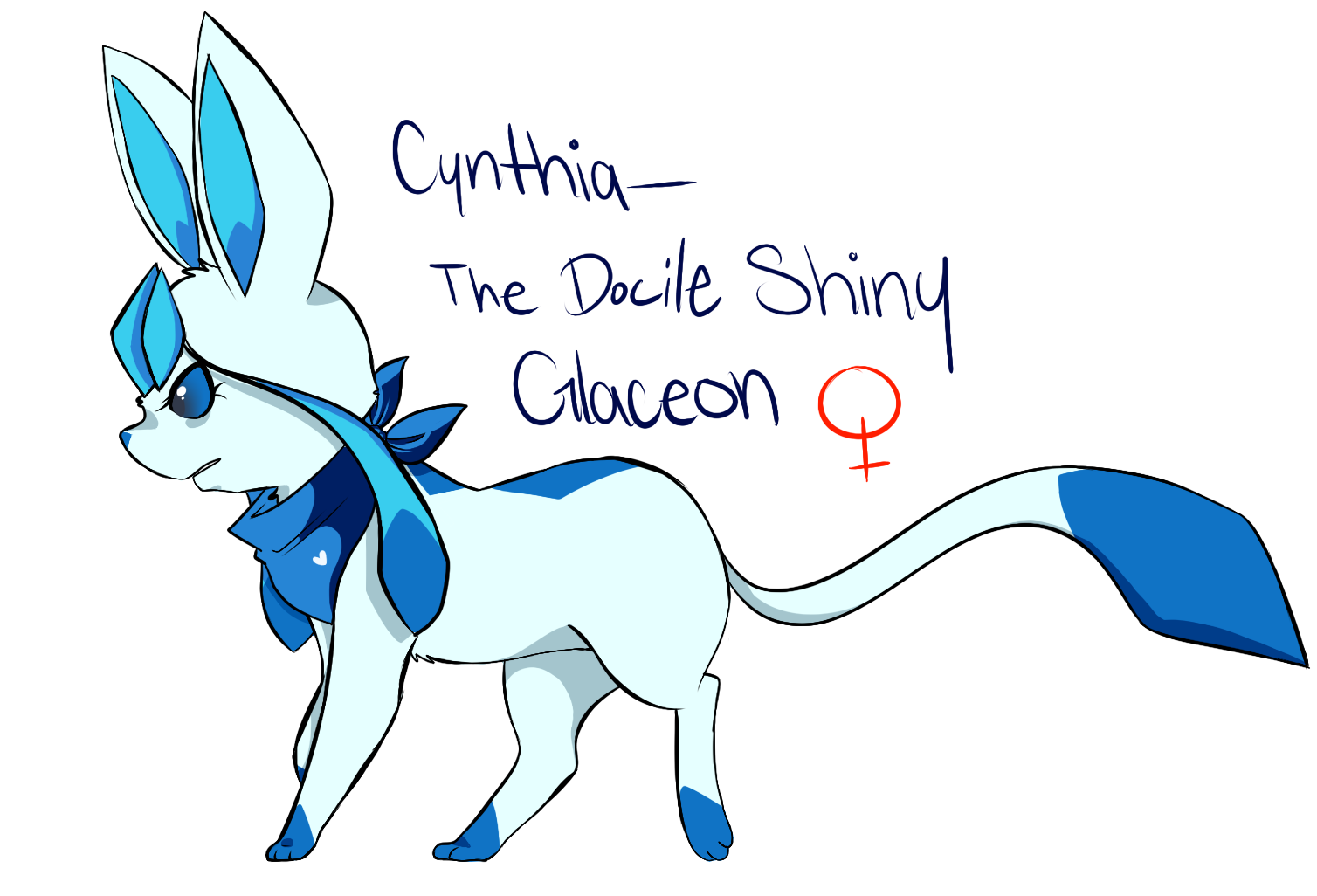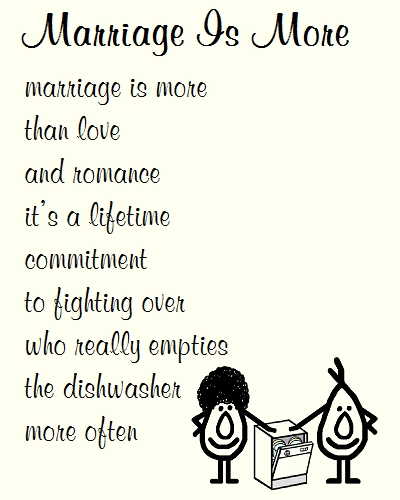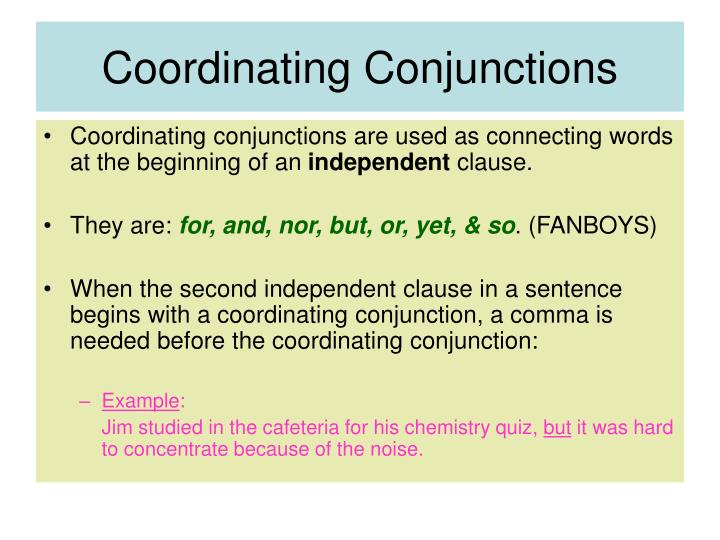Comma definition, the sign (, ), a mark of punctuation used for indicating a division in a sentence, as in setting off a word, phrase, or clause, especially when such a division is accompanied by a slight pause or is to be noted in order to give order to the sequential elements of the sentence. It is also used to separate items in a list, to mark off thousands in numerals, to separate types or. Contents Index Previous Next Commas Comma usage is one of the most complex, and most misunderstood, questions of proper punctuation. In some cases there are widely accepted rules governing comma usage; in a few cases, there is more than one acceptable approach. The Three Most Common Comma Rules While there are many specific uses for commas, nearly eightyfive percent of the commas used in written English are used in a mere three situations. If you know the basic rule for these three cases, you can use commas in over fourfifths of. In English language punctuation, a serial comma or series comma (also called an Oxford comma or a Harvard comma) is a comma placed immediately before the coordinating conjunction (usually and or or) in a series of three or more terms. For example, a list of three countries might be punctuated either as France, Italy, and Spain (with the serial comma), or as France, Italy and Spain (without. The Editor's Blog is a participant in the Amazon Services LLC Associates Program, an affiliate advertising program designed to provide a means for sites to earn advertising fees by advertising and linking to Amazon. The comma functions as a tool to indicate to readers a certain separation of words, phrases, or ideas in order to prevent misreading the writer's intended meaning. The comma is the punctuation mark most likely to cause angst. This is largely the result of the many different ways the comma is used. Sometimes, the comma indicates a pause that would occur if the sentence were spoken aloud. We have to insert its thin edge at a comma, or else keep still. Both a comma and a colon were used and have been retained in this ebook. Only the first word should be capitalized and a comma. The comma (, ) is a punctuation mark that appears in several variants in different languages. It has the same shape as an apostrophe or single closing quotation mark in many typefaces, but it differs from them in being placed on the baseline of the text. Some typefaces render it as a small line, slightly curved or straight but inclined from the vertical, or with the appearance of a small. Commas at the beginning of sentences follow punctuation and grammar rules. Learn about comma use with introductory elementsconjunctive adverbs, transitions. Questioning a comma, he will shake his head and say in his soft voice that he realizes perfectly well what a lot of time and thought have gone into the comma and that in the ordinary course of events he would be the first to say that the comma was precisely the form of punctuation that he would have been most happy to encounter at that very place in the sentence, but isnt there the. Use a comma to set off introductory elements, as in Running toward third base, he suddenly realized how stupid he looked. It is permissible to omit the comma after a brief introductory element if the omission does not result in confusion or hesitancy in reading. Thanks for the nice explanation of vocative commas, helped me with me homework. Comma after yes or no at the beginning of a sentence. Example: Yes, I would like to have a carrot. Example: No, I didnt see you at the soccer game. Comma before or after direct address (speaking to someone using their name). The comma is the most important punctuation mark for ensuring clarity in a sentence, but it is often incorrectly used. Follow our helpful comma rules to ensure you are using commas correctly. If I remember correctly from English class, then one should put a comma after i. , the Latin abbreviation for id est. But lately I've seen the comma after i. These example sentences are selected automatically from various online news sources to reflect current usage of the word 'comma. ' Views expressed in the examples do not represent the opinion of MerriamWebster or its editors. I noticed that most of the times when the conjunction so is used at the beginning of a sentence, it is followed by a comma: So, this gets published but the fact that it is inaccurate gets mode Aug 11, 2000Before I start explaining what a comma splice is and how to correct one, I want to make it clear that not all comma splices are errors. Unfortunately, few American English teachers are aware that there is a type of comma splice that is perfectly acceptable, and so they mark all comma splices as errors. comma Translation to Spanish, pronunciation, and forum discussions.











